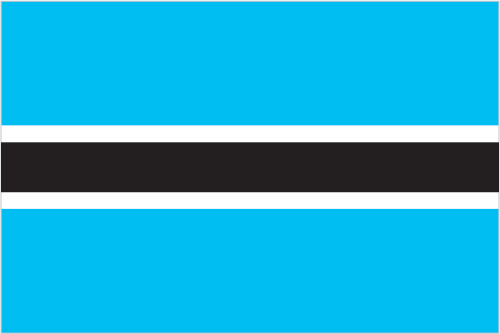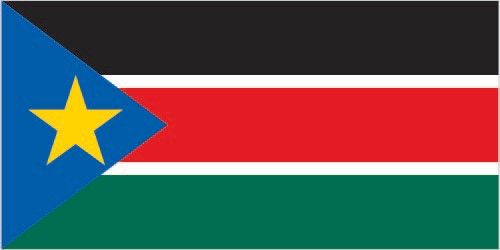 South Sudan celebrates Independence Day. This land-locked country voted to secede from Sudan in 2011. South Sudan’s area is a bit smaller than the area of Texas. The White Nile flows through the center of the country, and the climate is hot with seasonal rains. Most of the twelve million people survive on subsistence farming, and Juba is the capital.
South Sudan celebrates Independence Day. This land-locked country voted to secede from Sudan in 2011. South Sudan’s area is a bit smaller than the area of Texas. The White Nile flows through the center of the country, and the climate is hot with seasonal rains. Most of the twelve million people survive on subsistence farming, and Juba is the capital.
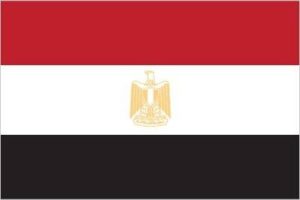
Flag of Egypt
Egypt celebrates Revolution Day. The area of Egypt is about the size of Idaho, Montana, Wyoming, and Nevada combined. A desert country bordering the Mediterranean Sea, Egypt is home to the pyramids of Giza. The Nile flows from south to north through the country. Over 85 million people live in Egypt, and most of them live along the Nile or the Mediterranean Coast. Cairo is the capital.
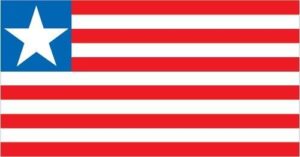 Liberia celebrates Independence Day. In 1816 freed slaves settled in a town in Africa later named Monrovia. The colony grew and became the first republic in Africa in 1847. The country is about the size of Tennessee, and it has a tropical climate. Agricultural products include coffee, cocoa, bananas, and rice. Almost four million people live there, and most of the major cities are along the Atlantic coast. Monrovia remains the capital.
Liberia celebrates Independence Day. In 1816 freed slaves settled in a town in Africa later named Monrovia. The colony grew and became the first republic in Africa in 1847. The country is about the size of Tennessee, and it has a tropical climate. Agricultural products include coffee, cocoa, bananas, and rice. Almost four million people live there, and most of the major cities are along the Atlantic coast. Monrovia remains the capital.
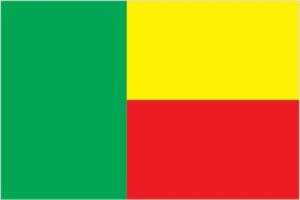
Flag of Benin
Benin celebrates National Day. The country announced its independence from France in 1960. Located on the western coast of Africa, Benin is about the size of the state of Pennsylvania. The geography is mostly flat with few low mountains. Many people survive on subsistence farming, and cotton is one the the country’s major exports. Almost ten million people live in Benin, and Porto-Novo is the capital.
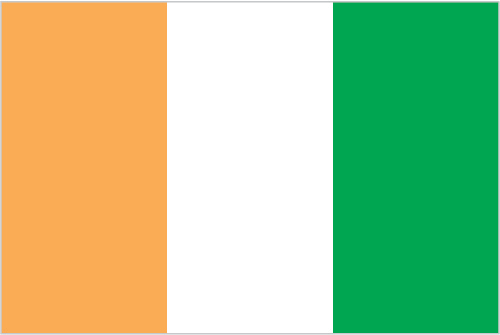
Flag of Cote D’Ivoire
Cote D’Ivoire celebrates Independence Day. The west African country gained its independence in 1960 from France. Bordering the Atlantic Ocean, Cote D’Ivoire has an area about the same as the area of New Mexico. The mostly flat country has a tropical climate along the coast. The country exports cocoa beans and coffee beans. Over 22 million people live there, and Yamoussoukro is the capital.
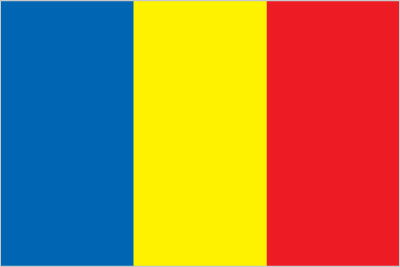
Flag of Chad
Chad celebrates Its Independence Day from France. Chad became a sovereign country in 1962. It is a landlocked country, about three times the size of California. This African country’s arid climate allows some farming and some pastoral activity. It has huge oil reserves. Over eleven million people live in Chad. N’Djamena is the capital. Idea: Children could make a map of Chad and its neighbors.
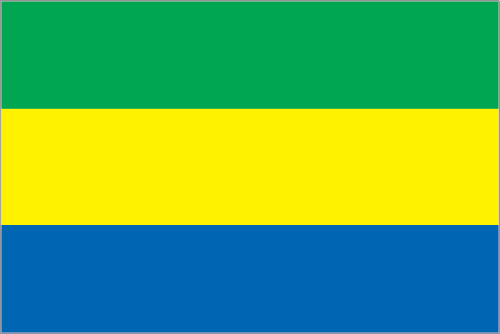
Flag of Gabon
Gabon celebrates Independence Day. It gained autonomy from France in 1960. The country, located on the western coast of Africa, is for the most part covered with rain forest. The country’s area is about the same as the area of Colorado, and about 1.6 million people live there. Libreville is the capital.
World Gorilla Day is today! The largest living primates, gorillas live along equatorial Africa. Two species of gorilla exist: eastern and western. Their lifespan in the wild is between 35 to 40 years. They live in troops, and their leader is called a silverback. They are herbivores. Both species are classified as critically endangered by the IUCN.
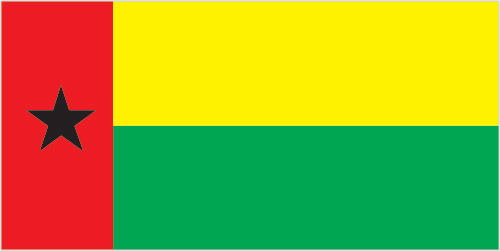
Flag of Guinea-Bissau
Guinea-Bissau celebrates Independence Day. It gained its freedom from Portugal in 1973. Guinea-Bissau, about three times the size of Connecticut, is located at the far western edge of Africa. About 1.6 million people live in the country, and Bissau is the capital.
Botswana celebrates Botswana Day, the day in 1966 when the United Kingdom gave up control of the country. This landlocked country in southern Africa is fairly prosperous. It is a leading producer of diamonds. Gold has also been found in the country. Because large herds of game still roam the country, tourism also brings in a great deal of revenue. Botswana, home to two million people, is a bit smaller than Texas. Gaborone is the capital. Children can learn more at: Botswana.
